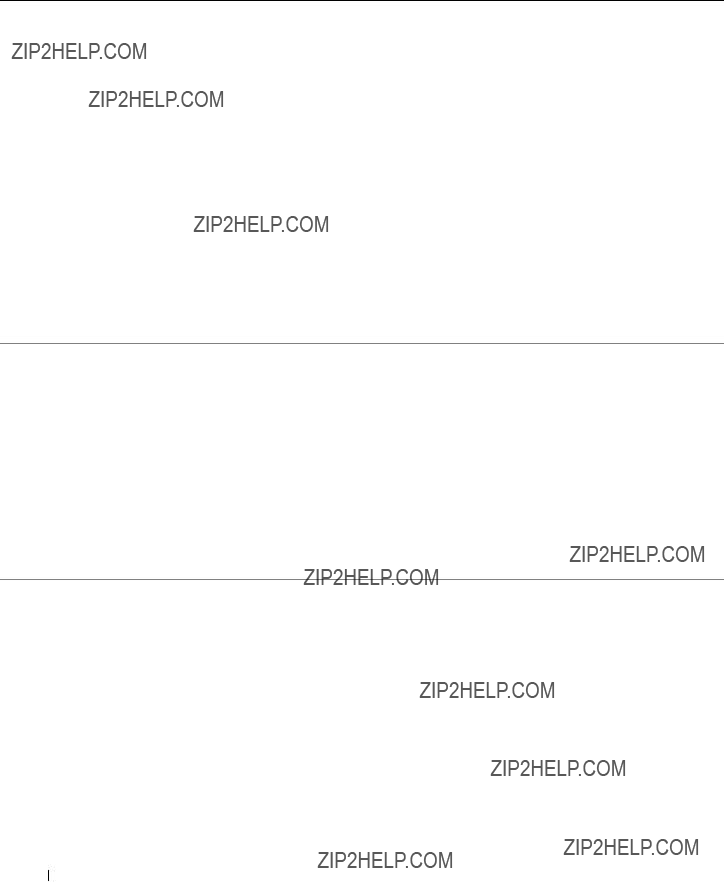Standby Mode
Standby mode conserves power by turning off the display and the hard drive after a time-out. When the computer exits from standby mode, it returns to the operating state it was in before it entered standby mode.
To set standby mode to automatically activate after a defined period of inactivity:
1Click the Start button and click Control Panel.
2Under Pick a category, click Performance and Maintenance.
3Under or pick a Control Panel icon, click Power Options.
To immediately activate standby mode without a period of inactivity, click the Start button, click
Turn Off Computer, and then click Stand by.
To exit from standby mode, press a key on the keyboard or move the mouse.
NOTICE: If your computer loses power while in standby mode, it may lose data.
Hibernate Mode
Hibernate mode conserves power by copying system data to a reserved area on the hard drive and then completely turning off the computer. When the computer exits from hibernate mode, the desktop is restored to the state it was in before it entered hibernate mode.
To activate hibernate mode:
1Click the Start button and click Control Panel.
2Under Pick a category, click Performance and Maintenance.
3Under or pick a Control Panel icon, click Power Options.
4Define your hibernate settings on the Power Schemes tab, Advanced tab, and Hibernate tab.
To exit from hibernate mode, press the power button. The computer may take a short time to exit from hibernate mode. Pressing a key on the keyboard or moving the mouse does not bring the computer out of hibernation, because the keyboard and the mouse do not function when the computer is in hibernate mode.
Because hibernate mode requires a special file on your hard drive with enough disk space to store the contents of the computer memory, Dell creates an appropriately sized hibernate mode file before shipping the computer to you. If the computer???s hard drive becomes corrupted, Windows XP recreates the hibernate file automatically.
Power Options Properties
Define your standby mode settings, hibernate mode settings, and other power settings in the
Power Options Properties window. To access the Power Options Properties window:
1Click the Start button and click Control Panel.
2Under Pick a category, click Performance and Maintenance.
3Under or pick a Control Panel icon, click Power Options.
4Define your power settings on the Power Schemes tab, Advanced tab, and Hibernate tab.





 cover latch release
cover latch release














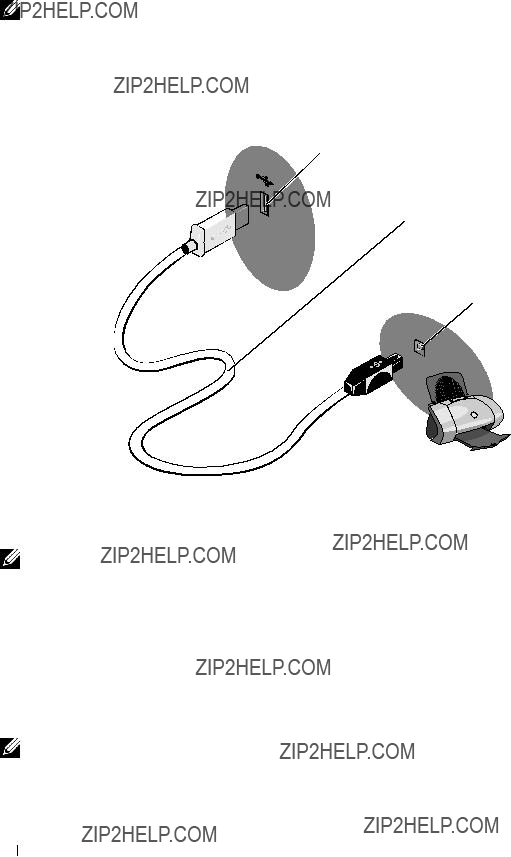
 USB connector on computer
USB connector on computer USB printer cable
USB printer cable USB connector on printer
USB connector on printer








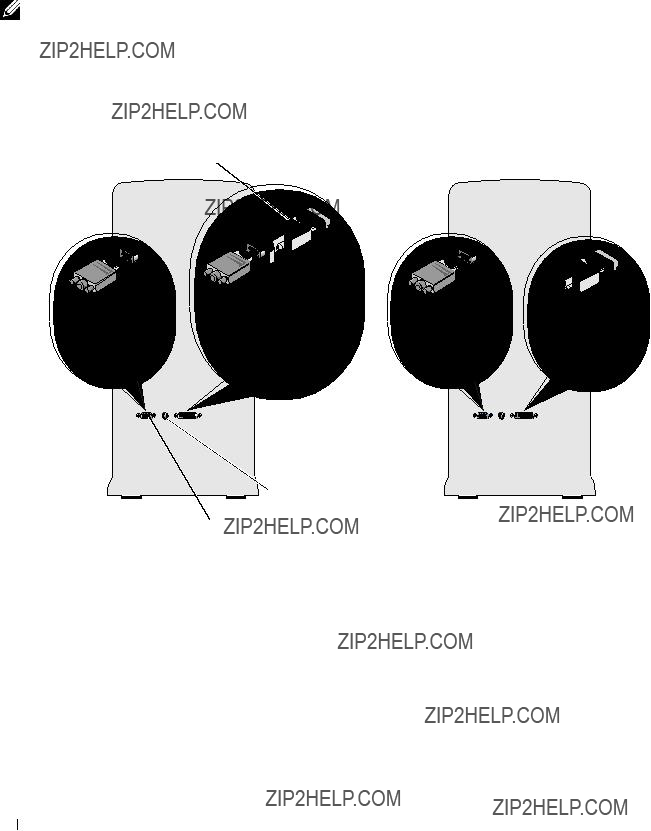

 DVI (white) connector*
DVI (white) connector*
 VGA (blue) connector *May not be present on your computer.
VGA (blue) connector *May not be present on your computer.

 network cable
network cable






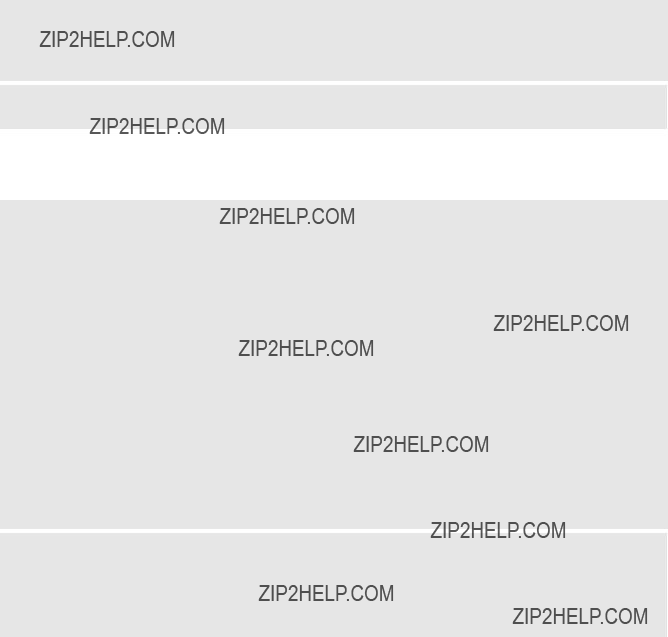






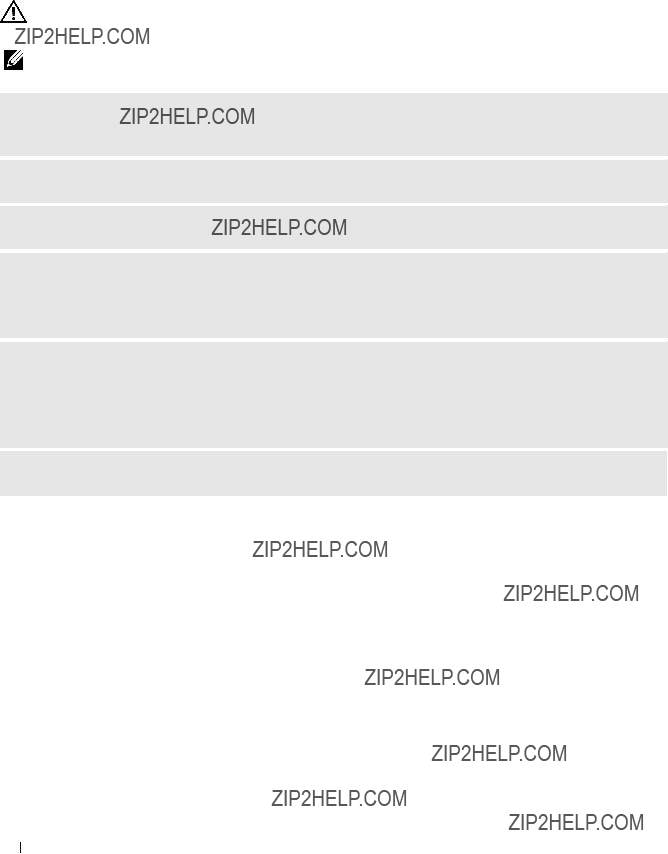

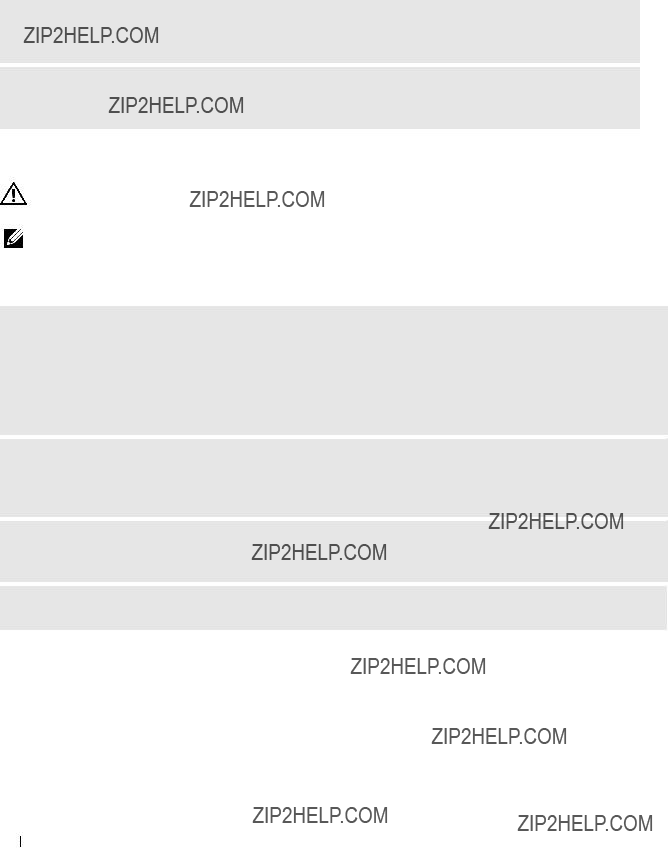


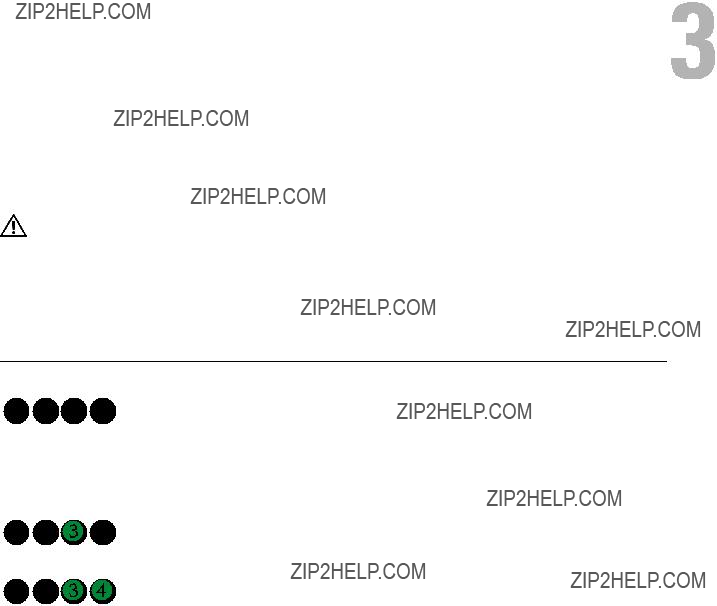
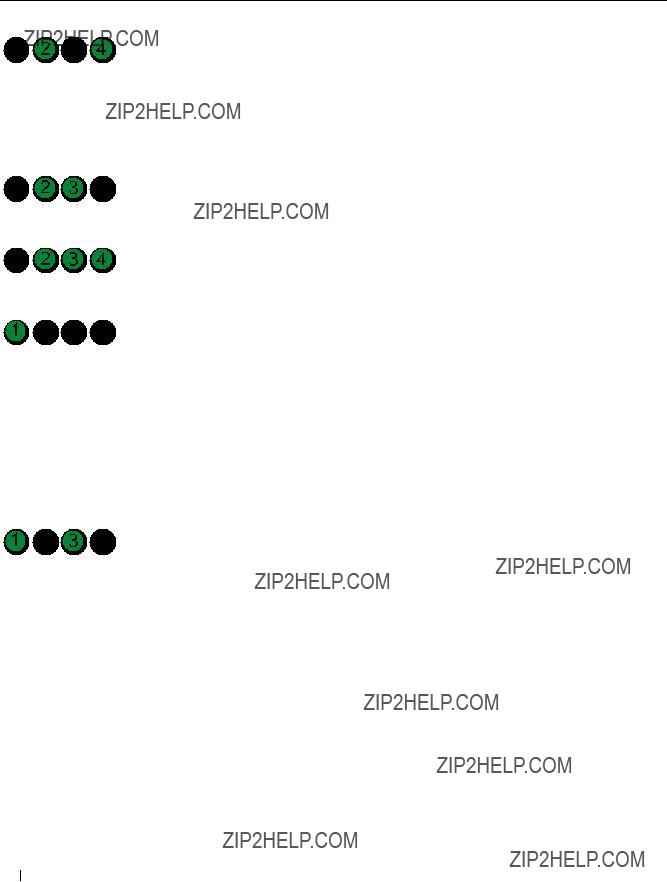
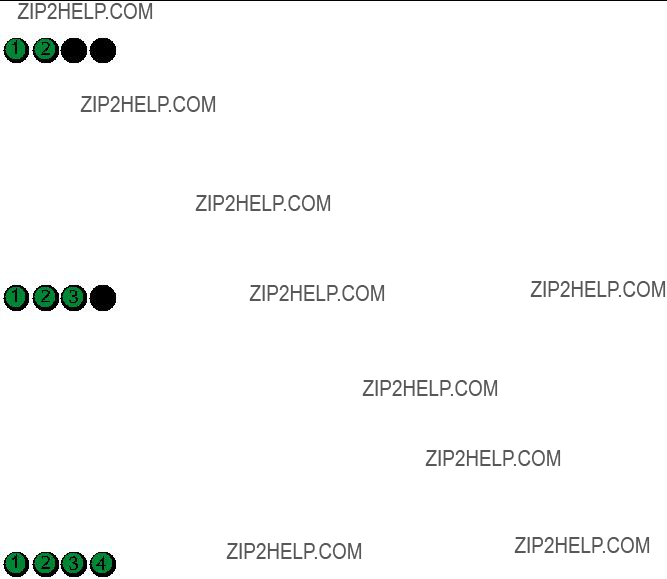















 2
2 3
3 4
4

 cover latch release
cover latch release computer cover
computer cover bottom hinges
bottom hinges

 system board
system board







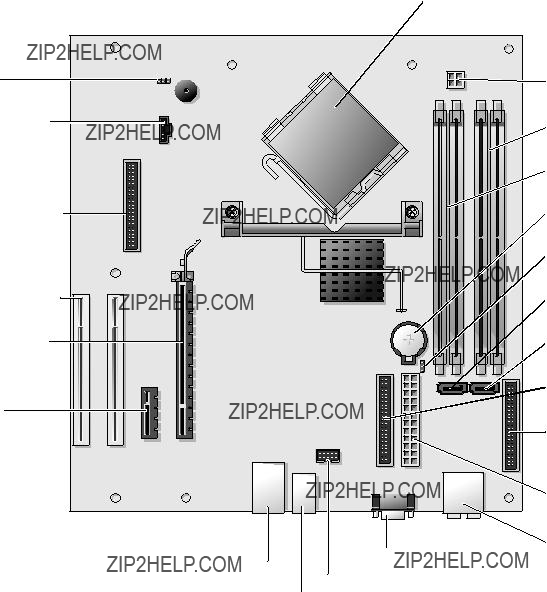

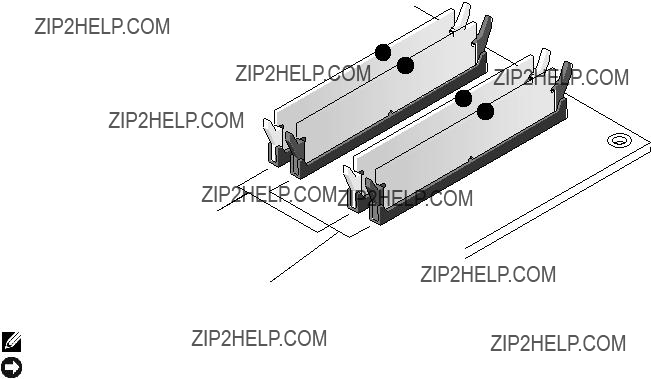



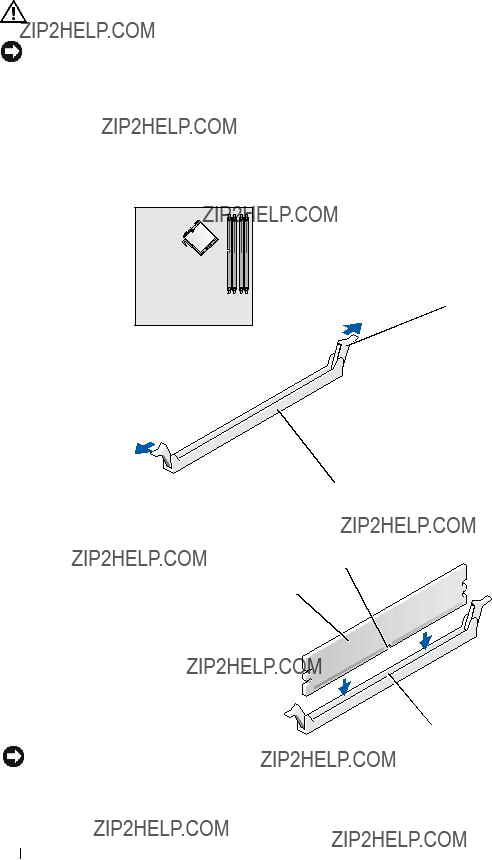
 memory connector closest to processor
memory connector closest to processor securing clips (2)
securing clips (2) connector
connector


 crossbar
crossbar




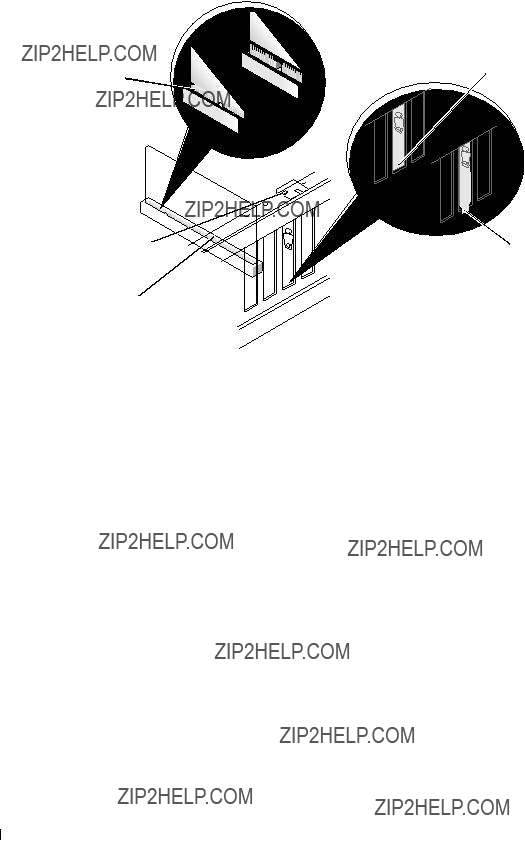

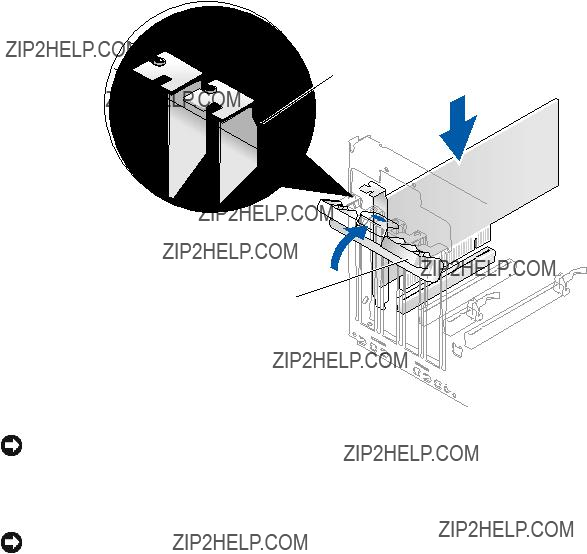
 alignment guide
alignment guide  alignment bar
alignment bar





 card retention door
card retention door card retention mechanism
card retention mechanism release tabs (2)
release tabs (2)




 card retention door
card retention door card retention mechanism
card retention mechanism release tabs (2)
release tabs (2)
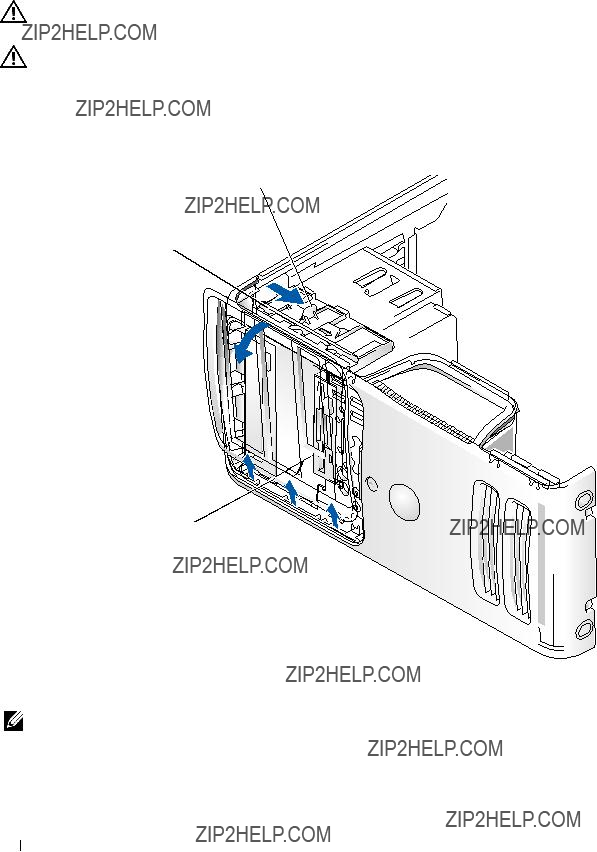


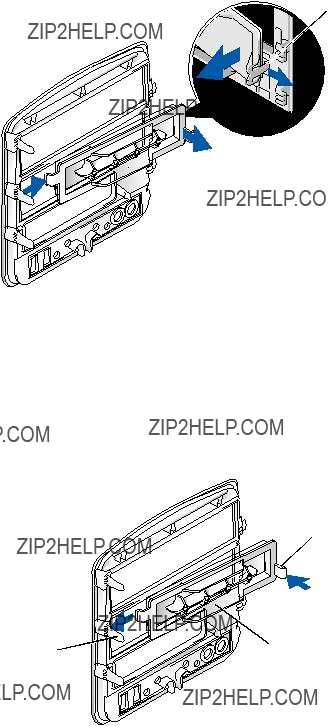
 drive panel
drive panel



 drive panel insert
drive panel insert
 drive panel insert tab
drive panel insert tab












 power input connector
power input connector power cable
power cable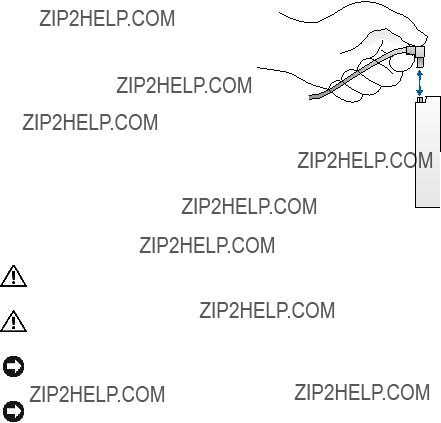

 serial ATA data cable
serial ATA data cable power cable
power cable
 hard drive
hard drive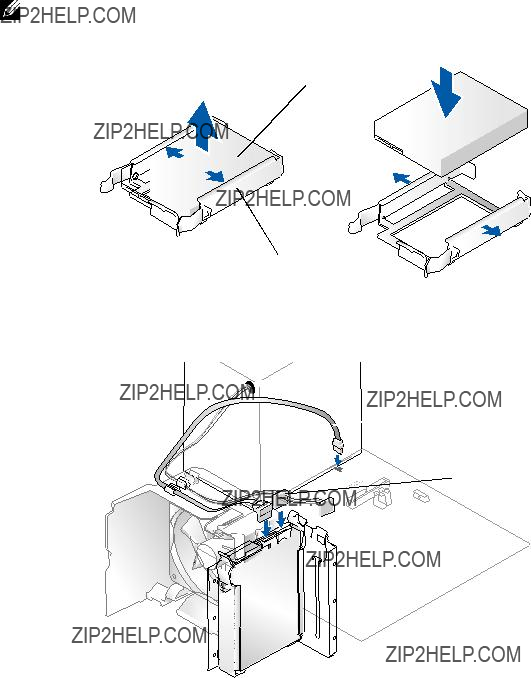
 drive
drive serial ATA data cable
serial ATA data cable power cable
power cable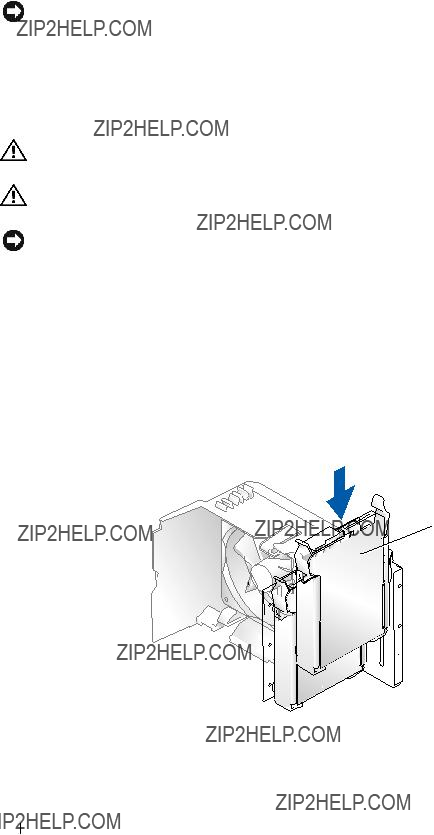
 release tabs (2)
release tabs (2) second hard drive in lower bay
second hard drive in lower bay hard drive bay
hard drive bay primary hard drive in upper bay
primary hard drive in upper bay

 data cable
data cable




 drive
drive screws (4)
screws (4)

 data cable
data cable







 Media Card
Media Card screws (4)
screws (4)


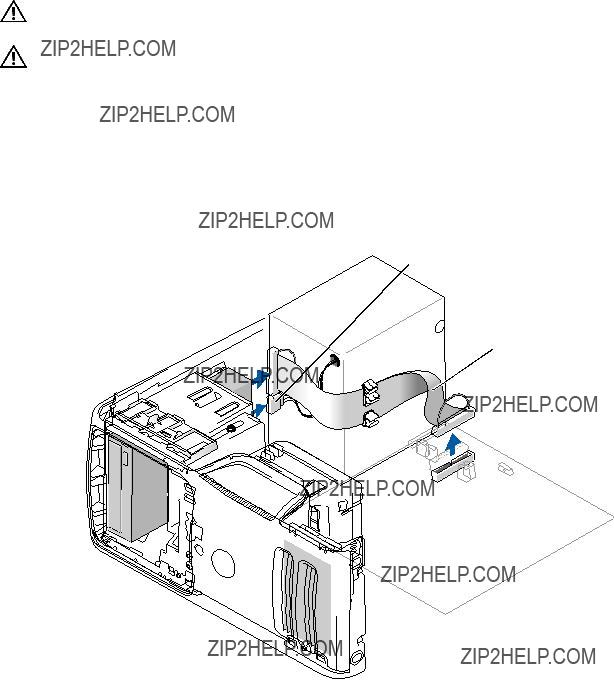
 power cable
power cable data cable
data cable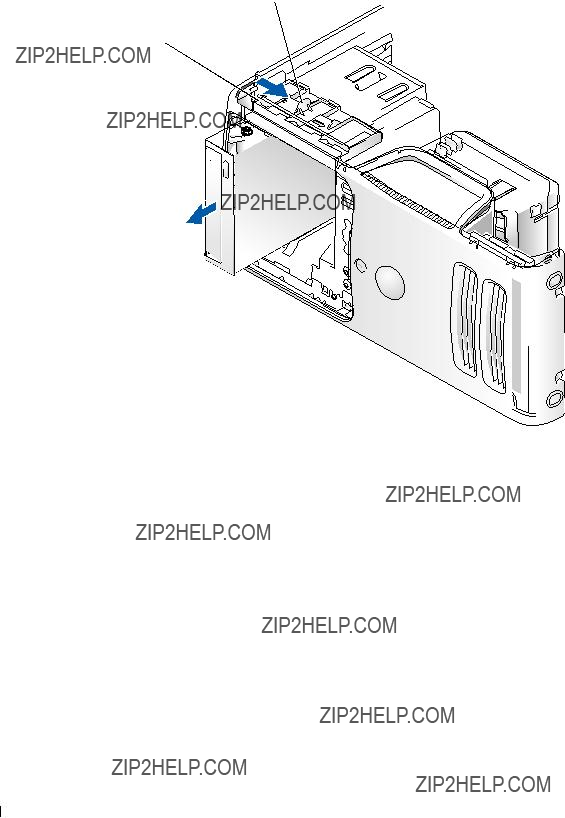



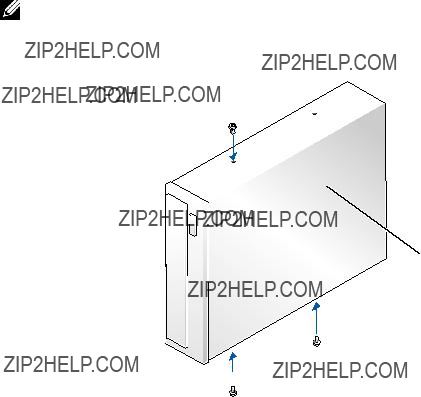
 CD/DVD drive
CD/DVD drive screws (4)
screws (4)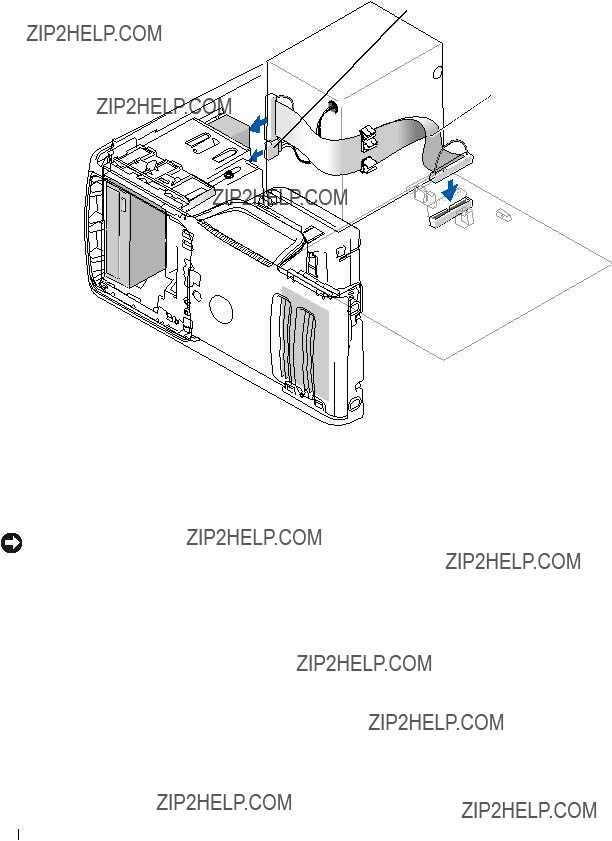
 power cable
power cable data cable
data cable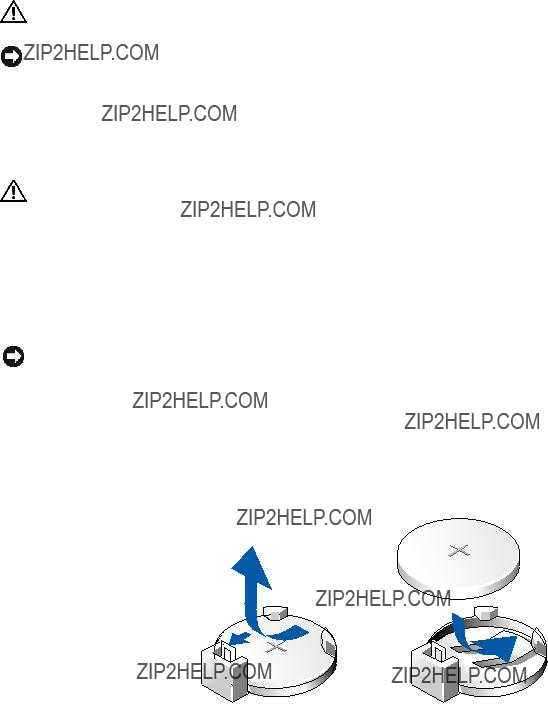


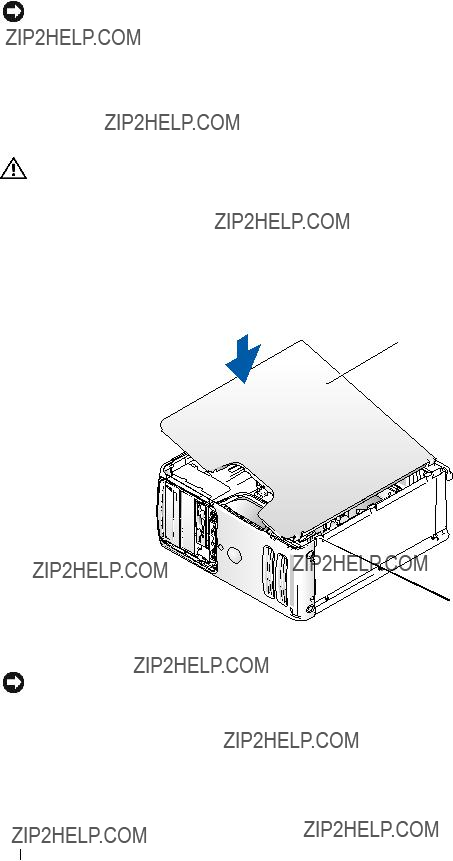
 computer cover
computer cover bottom hinges
bottom hinges






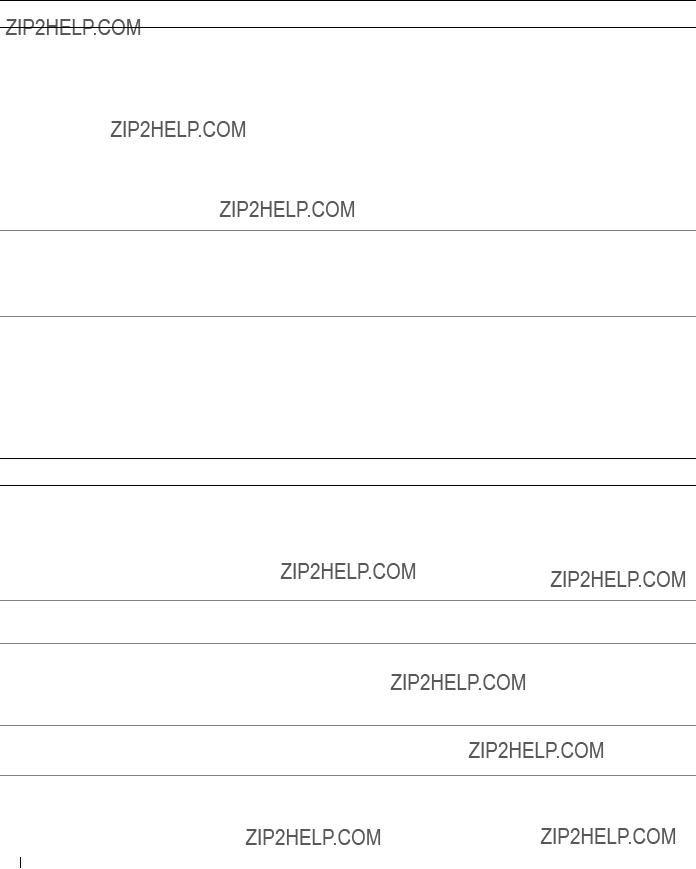




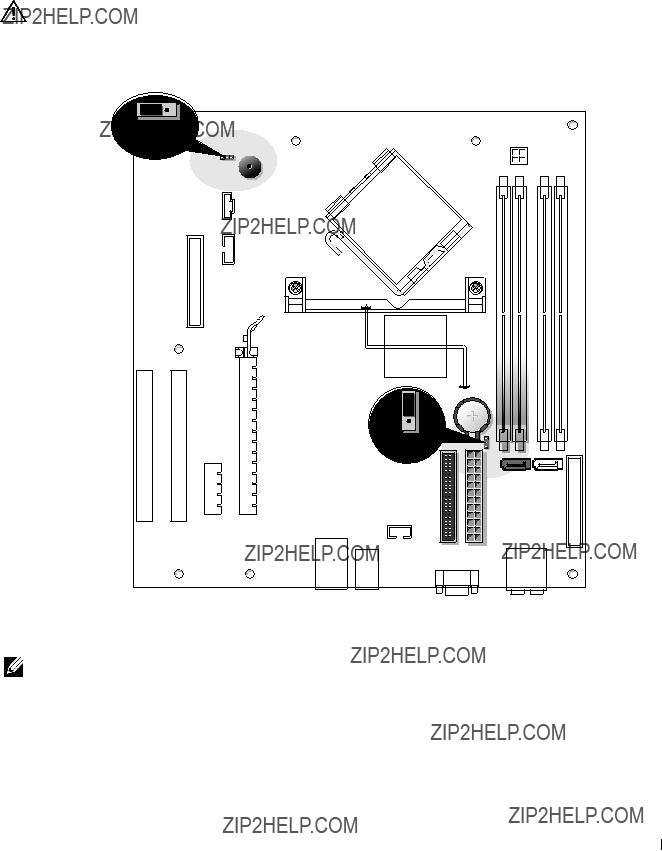




 ), your system is considered to be a Class B digital device.
), your system is considered to be a Class B digital device.

